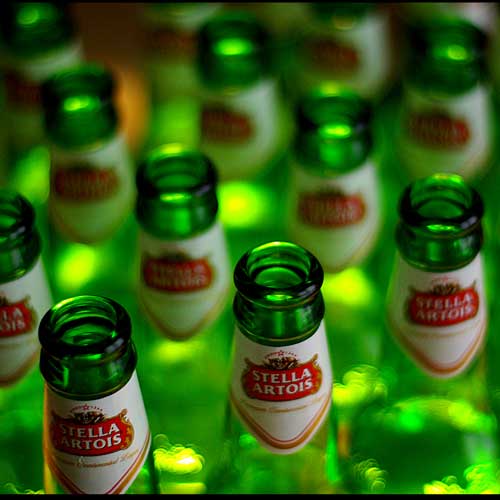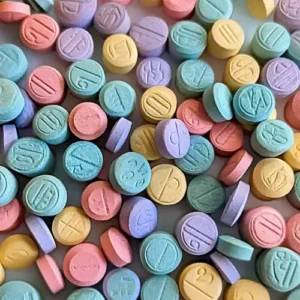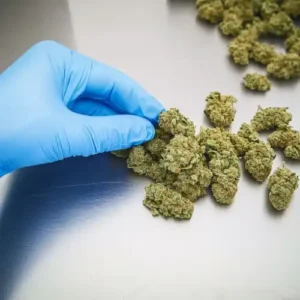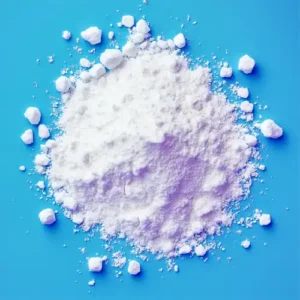The excessive consumption of alcoholic drinks is a problem in our society today. It results in injuries, accidents, and has severe consequences on your health. One way to check for alcohol consumption is to screen individuals who might be at risk. These tests can be conducted as a deterrent to alcohol consumption and intoxication.
Common tests for alcohol consumption are saliva and a breathalyser test. These are non-invasive tests which are simple. Other tests include urine and blood tests. One of the recent tests for alcohol screening is a hair sample test.
Types of Alcohol Testing Methods
The five most common tests for alcohol consumption are saliva, breath, blood, urine, and hair tests.
While these testing methods are widely used, it’s crucial to understand their limitations and contexts. For instance, breathalysers can be affected by mouth alcohol, potentially leading to false positives. Urine tests might detect alcohol long after consumption, which mightn’t reflect current impairment. Blood tests, though accurate, are invasive and costly.
It’s worth noting that alcohol affects everyone differently. Factors like body weight, metabolism, and food consumption can influence how quickly alcohol is processed. This variability underscores the importance of comprehensive testing approaches, especially in legal or workplace scenarios.
Moreover, emerging technologies are continually refining alcohol testing methods, promising even more accurate and less invasive options in future.
Blood alcohol testing is the most invasive test for alcohol consumption. The test measures the amount of alcohol in a person’s blood. The test is expensive but it allows for the accurate testing of intoxication of an individual. It shows if they stayed within the legal limit for alcohol consumption or have substance abuse issues. The test is generally effective but it can’t show how addicted the person is to alcohol or the time at which they consumed the alcohol.
Saliva Testing for Alcohol
This works up to a full day after consuming alcohol. This test looks for alcohol in the saliva which indicates that they have been drinking. This test is low cost and non-invasive and is often used by workplaces to test their employees. The results can be gathered quickly and it’s just as good as the test for alcohol where blood is taken. Zoom Testing Rapid Saliva Tests show blood alcohol concentration from 0.02% up to 0.3%.
The Breathalyser Test
Law enforcement officers often use the breathalyser test to check for alcohol intoxication on the roads. This test provides results immediately and is conducted using a hand-held device. The officer checks for alcohol on the breath and this determines the intoxication levels and the overall blood alcohol. If it’s over the legal limit, the driver is considered impaired.
At Zoom Testing we offer two types of breathalyser test. The first option is a disposable Alcohol Breath Test used to measure blood alcohol content from a breath sample. The lowest blood alcohol content detected by our Test & Drive Alcohol Breath Test is 0.2 g/L (grams per litre), which corresponds to 0.02% blood alcohol level. This equates to approximately 0.1 mg/l of alcohol in a breath sample.
Our most popular breathalyser is the AL6000. This handy, portable detector analyses a breath sample to detect alcohol in the lungs. This reading is then converted to blood alcohol concentration (BRAC – mg/L). Suitable for use at home or in the workplace. Because it features pre-calibrated alcohol sensor modules, there is no need to recalibrate the gadget. This makes the machine easy to use on a regular basis.
Urine Test for Alcohol
This is a test that’s often conducted in the workplace. It’s used when there needs to be proof of alcohol consumption. The concentration of alcohol increases slowly in the body after we consume alcohol. After 30 minutes to one hour after consuming alcohol we reach the maximum concentration of alcohol in our urine. After this time the alcohol slowly decreases in the urine. It can take time to reach zero concentration which is determined by how much a person has consumed. In the urine the alcohol can linger and be detected up to 1-2 hours longer than in the bloodstream.
The test is conducted with a chemical analyser strip. This uses an alcohol-sensitive enzymatic reaction. If there’s alcohol present in the sample taken then this reacts with the chemicals on the strip and there’s a colour change that takes place. The sample shows whether or not the person has been drinking alcohol.
This Zoom Testing alcohol screen is a ‘dip and read’ alcohol test for detecting the presence of alcohol in urine. This CE Marked alcohol screen gives a rapid read out for the presence of alcohol in a urine sample.
Hair Test for Alcohol
We can test for other drugs in the hair but it’s harder to test for alcohol because Ethanol is present in hair samples even in those that just drink tea at the pub. Just being in a pub is enough for ethanol to find its way onto the hair but this doesn’t match up with the amount of alcohol consumed. There are ways to test for alcohol in hair strands which is one of the newer procedures.
There are two tests which are called FAEE (fatty acid ethyl esters) and EtG (ethyl glucuronide). This test is reliable for finding out if a person has been drinking alcohol excessively but not as reliable if the person has moderate normal levels of alcohol consumption.
Photo Credit: “stella” (CC BY 2.0) by SFB579 Namaste
Zoom Testing is a leading UK drug testing company and a supplier of Drug Test Kits.





